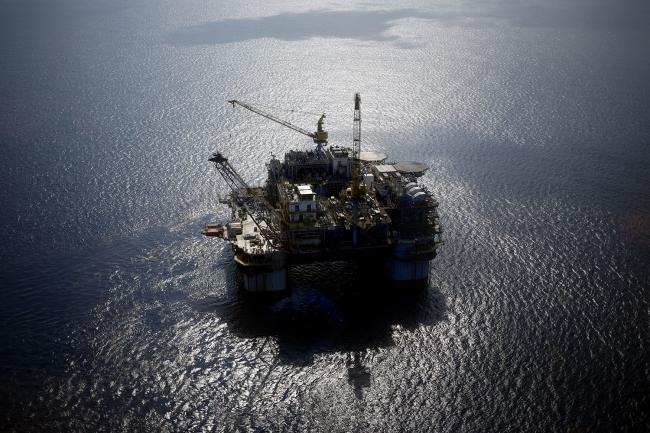(Bloomberg) -- Mexico has made key data on its sovereign oil hedge a state secret to shield the information from speculators and prevent cost increases, according to official documents seen by Bloomberg.
The move reduces transparency into the workings of the program, which is the largest oil transaction on Wall Street and often moves the market. The Mexican Finance Ministry will keep the data secret for five years, it told the government’s auditing body in a February 2019 letter.
That letter and a March 2018 resolution by the central bank show a concerted effort to officially protect the information. This year, the government provided only the approximate annual cost of the program -- $1 billion -- in contrast to the detailed data that it previously used to reveal.
The government hasn’t publicly confirmed that the information is officially a state secret. Deputy Finance Minister Gabriel Yorio told reporters in Mexico City Thursday that disclosing more data would raise the value of premiums paid for the hedge, without elaborating.
Mexico’s finance ministry declined to comment on its policy beyond what was said on Thursday. The central bank had no immediate comment.
“Several institutions outside the hedge could use the information to speculate, buying the same financial instruments ahead of the government, increasing considerably their price,” the central bank said in its March 2018 resolution.
The central bank argued that Mexico has in prior years paid more after Bloomberg News published a series of reports about the hedging program. “The volatility in WTI and Brent increased, generating also an increase in the price offered by the counterparts to the Banco de Mexico to cover its operations,” it said, referring to the two main oil-price benchmarks.
Massive Deal
The hedge has paid several times since its inception during the Gulf War in 1990-91. It yielded multibillion-dollar payouts in 2009 -- after the global financial crisis sent oil prices sharply lower -- and again in 2015, when a record of more than $6 billion was reaped, as well as in 2016.
As part of the oil hedge, Mexico buys put options -- contracts that give it the right to sell at a predetermined price -- with banks including Goldman Sachs Group Inc (NYSE:GS). and energy companies like Royal Dutch Shell (LON:RDSa) Plc.
The deal typically involves between 200 million barrels and 435 million barrels of crude, with a value as high as $20 billion.
Earlier this month, the government said it had insured the budget against crude prices dropping below $49 a barrel.
Mexico has historically disclosed the strike price of the put options and the actual cost of the deal, which runs from Dec. 1 to Nov. 30. Until last year, it reported the number of barrels hedged too.
The government used to reveal its lock-in price via the hedge as well as how many extra dollars per barrel it would cover through the Oil Revenues Stabilization Fund, known as FEIP.
In 2017, for example, Mexico hedged at $38 a barrel, and insured another $4 a barrel with the FEIP cash reserves, equal to the $42 level used to write the budget that year.
Additionally, it released even more granular detail over time when the body that audits the government reviewed the program, including when Mexico started and finished buying the options, the name of the banks it dealt with, and each bank’s share in the deal.
(Adds details about hedge payout in eight paragraph)
